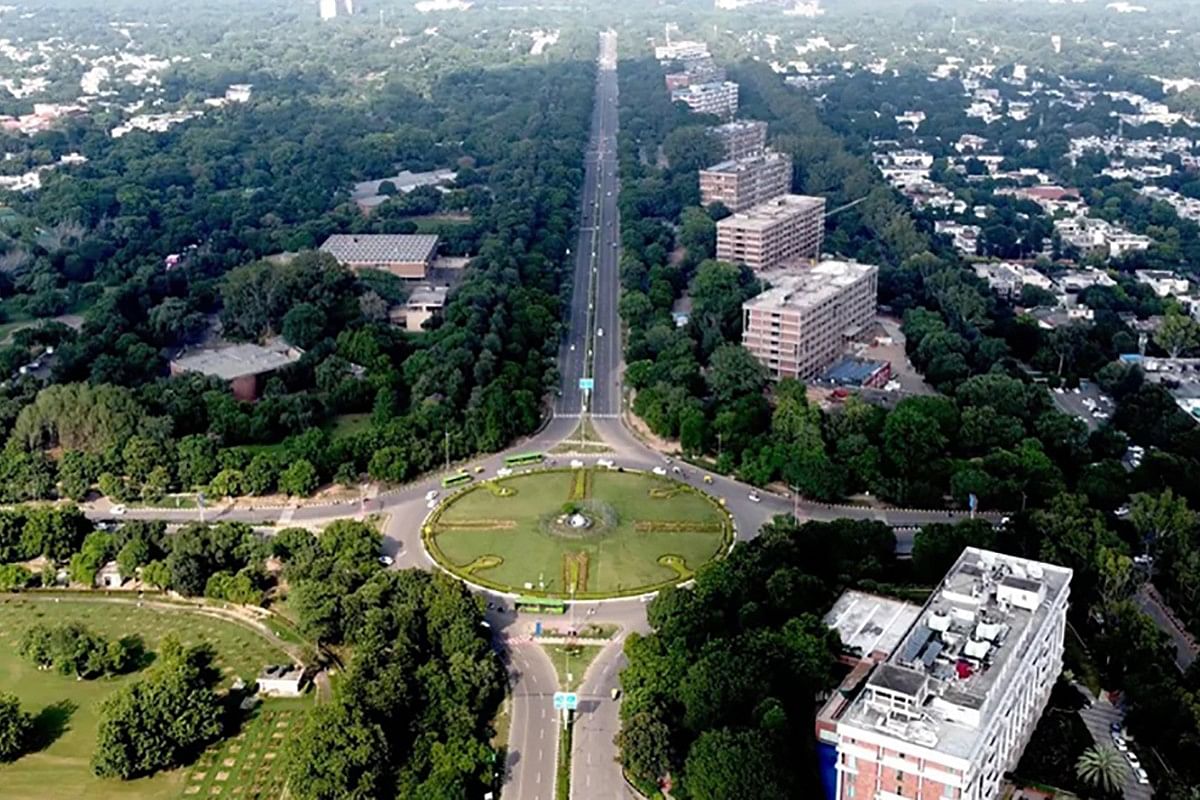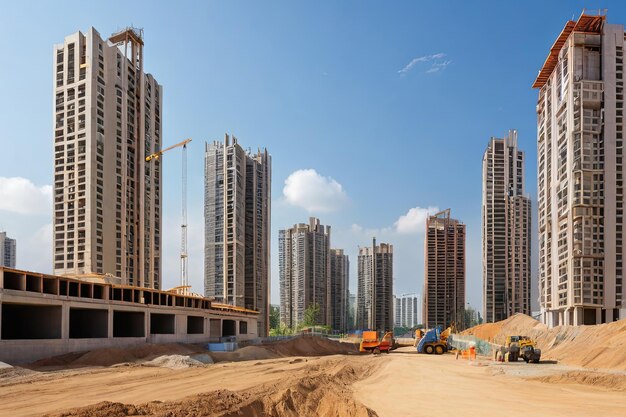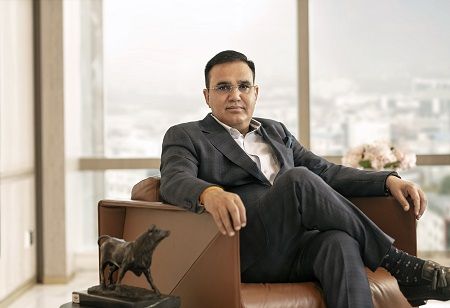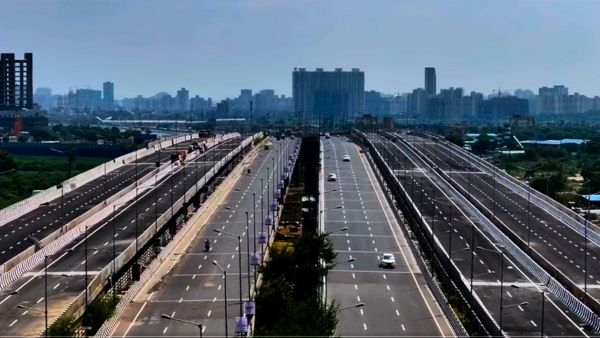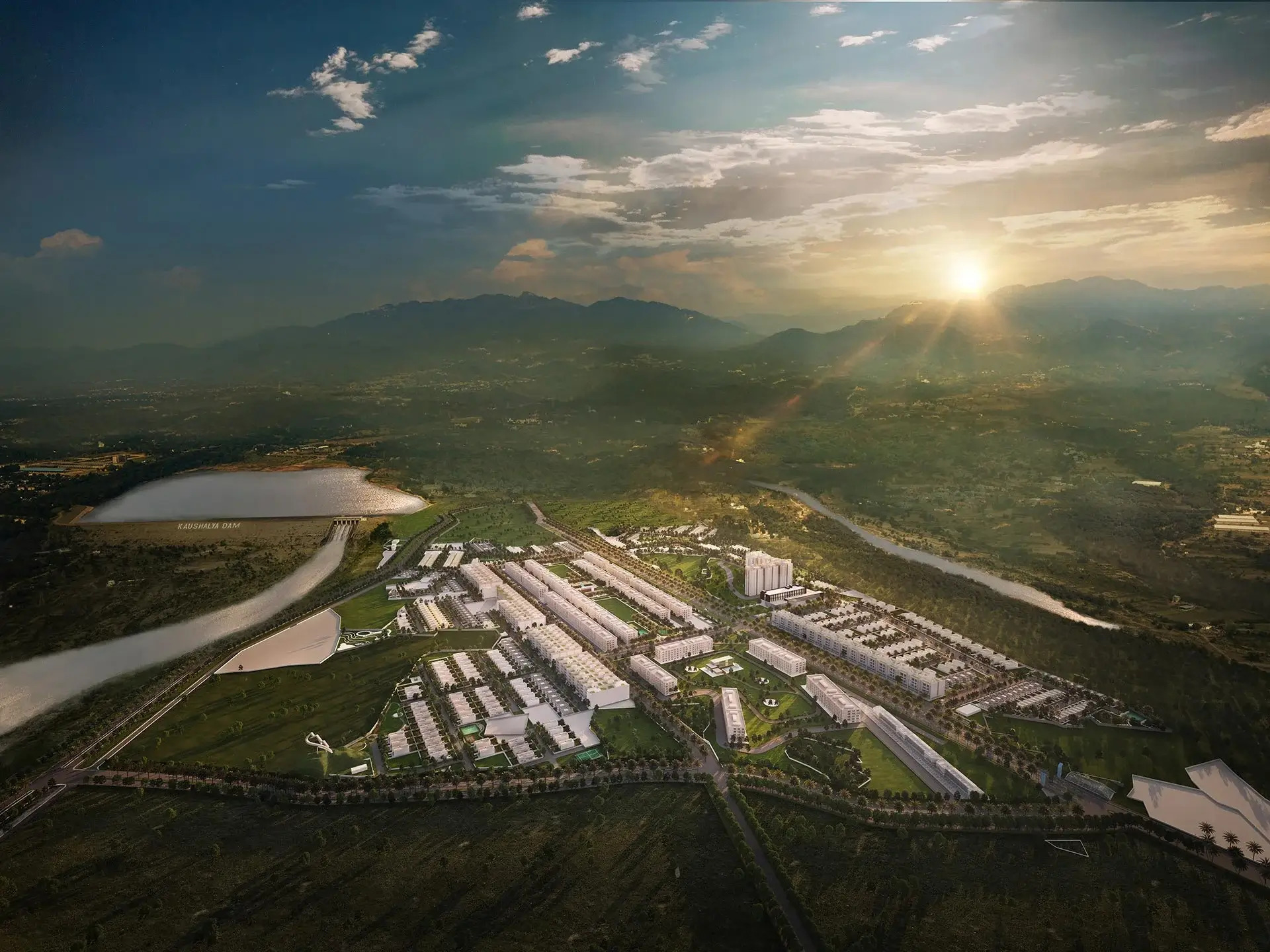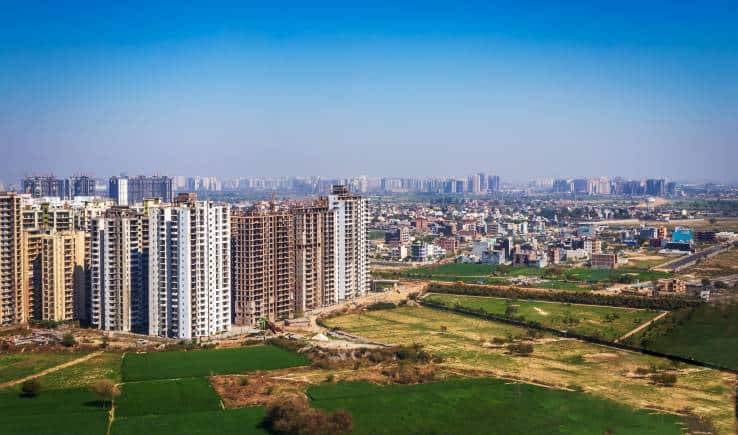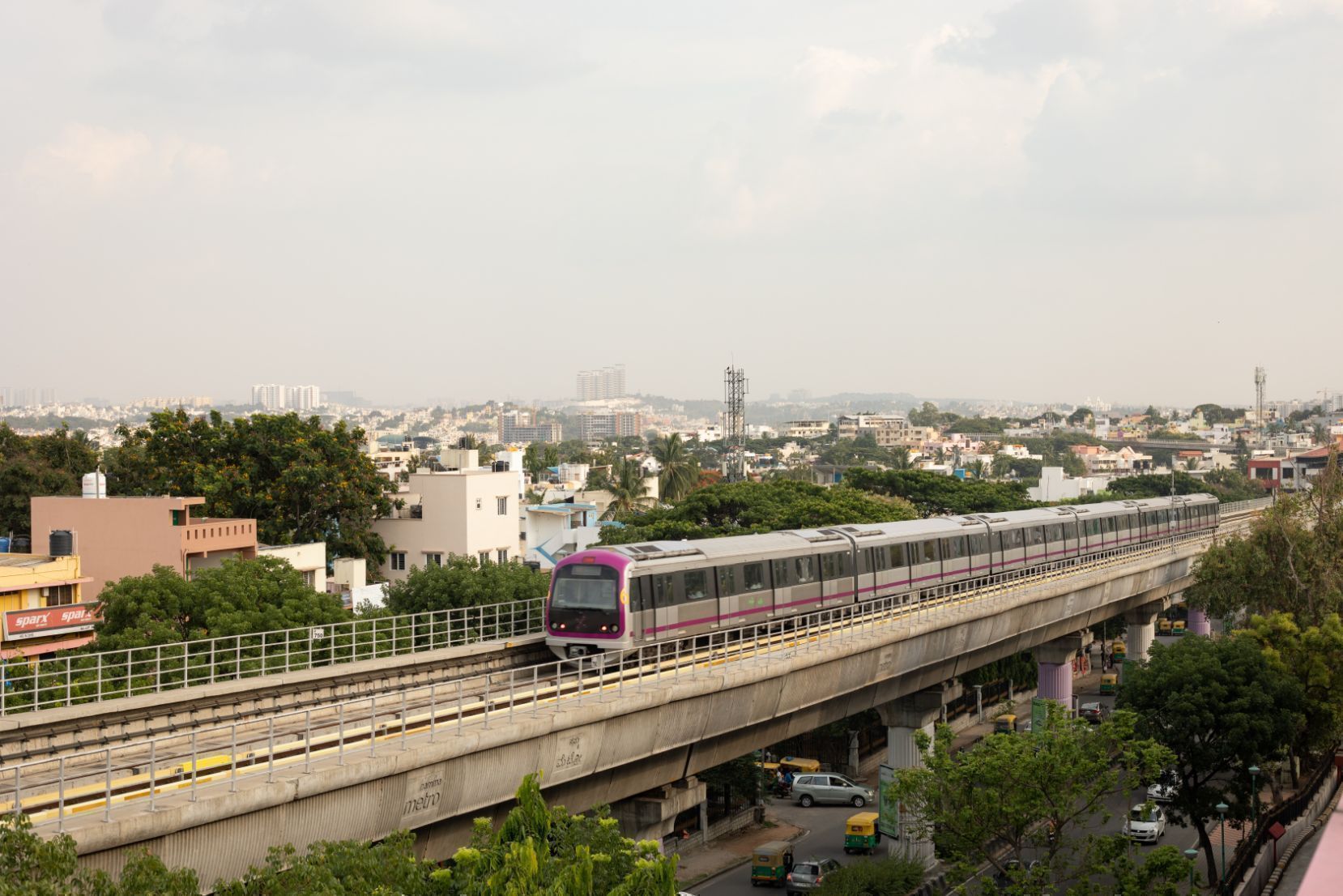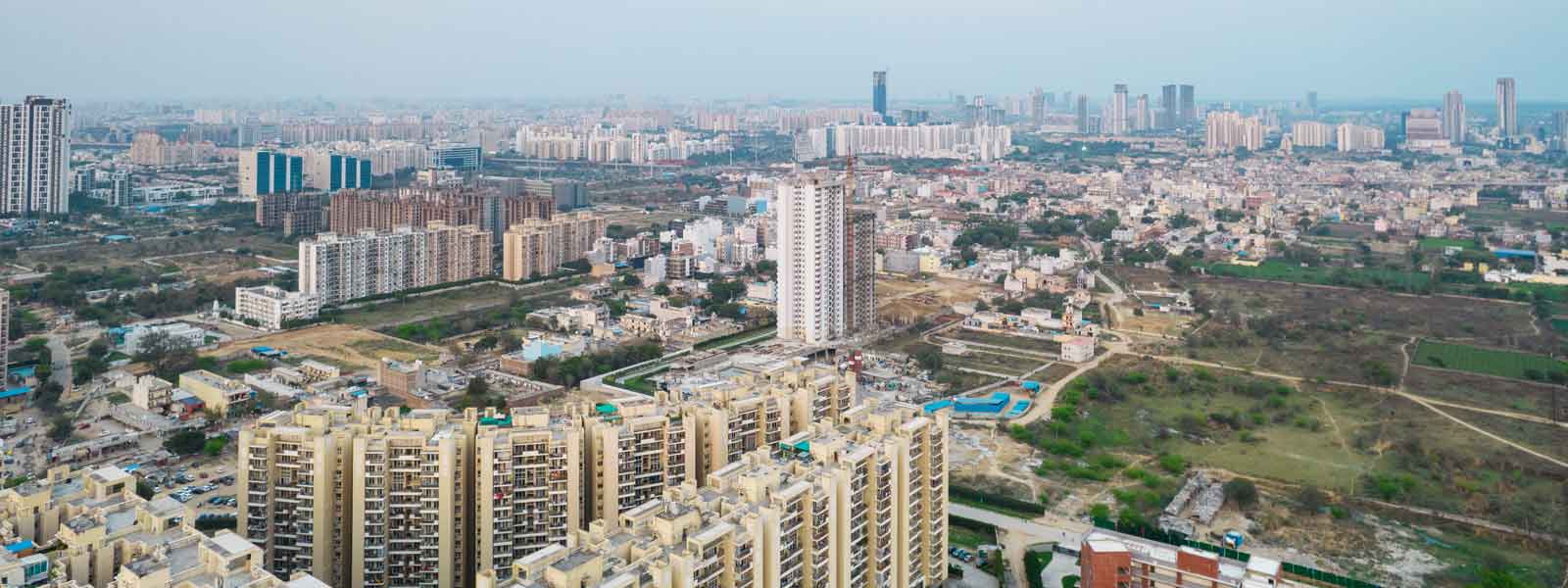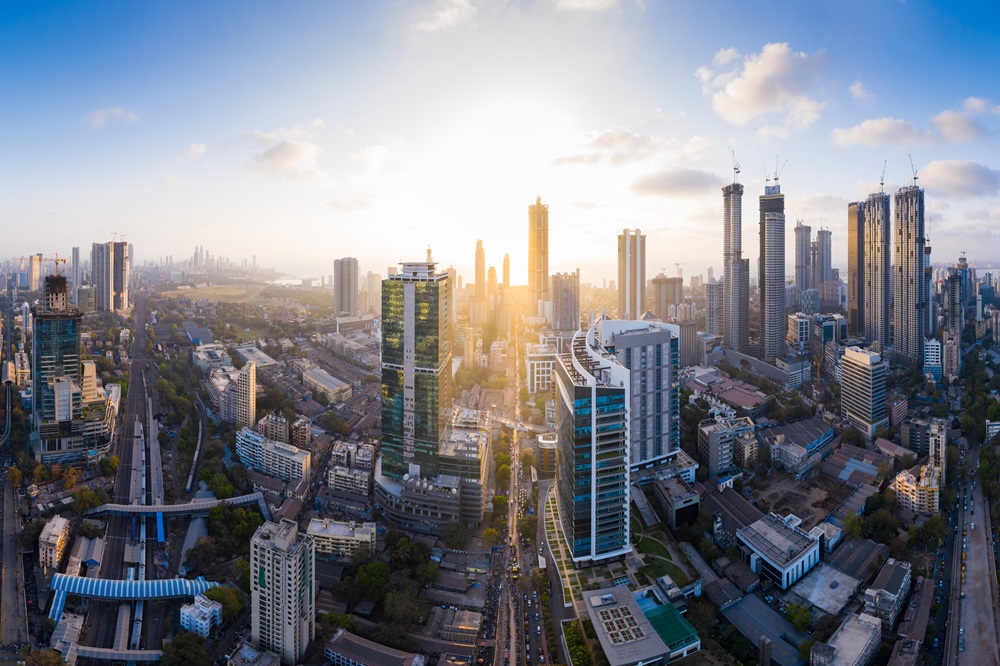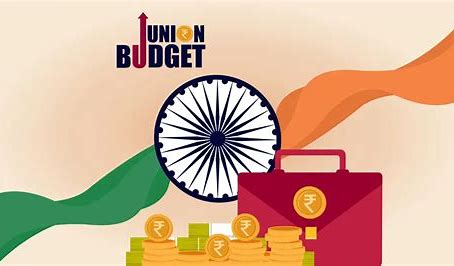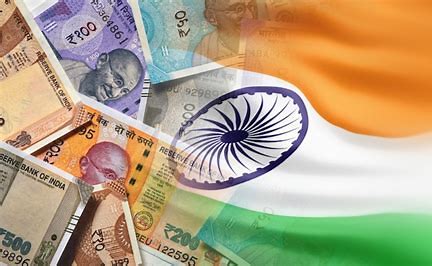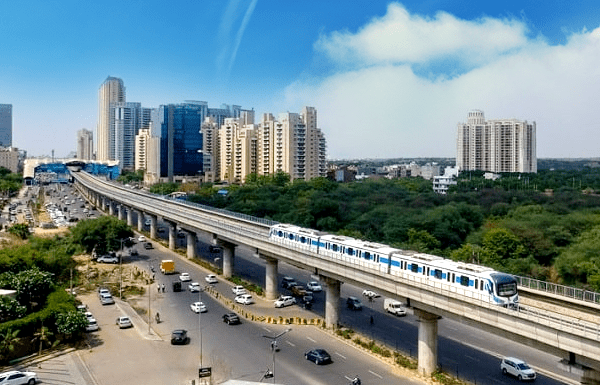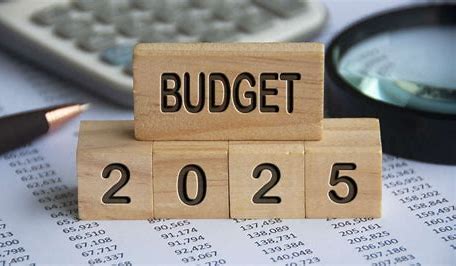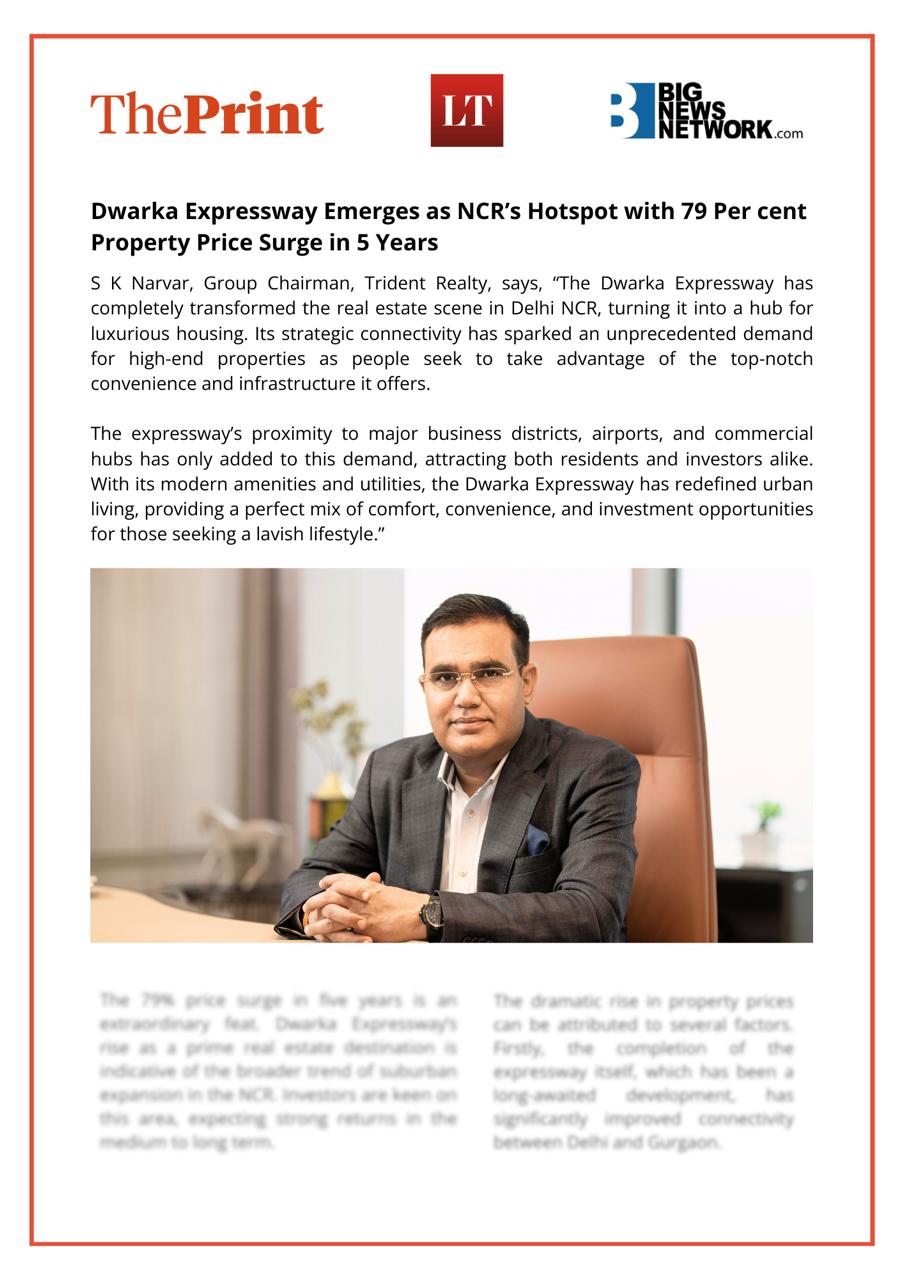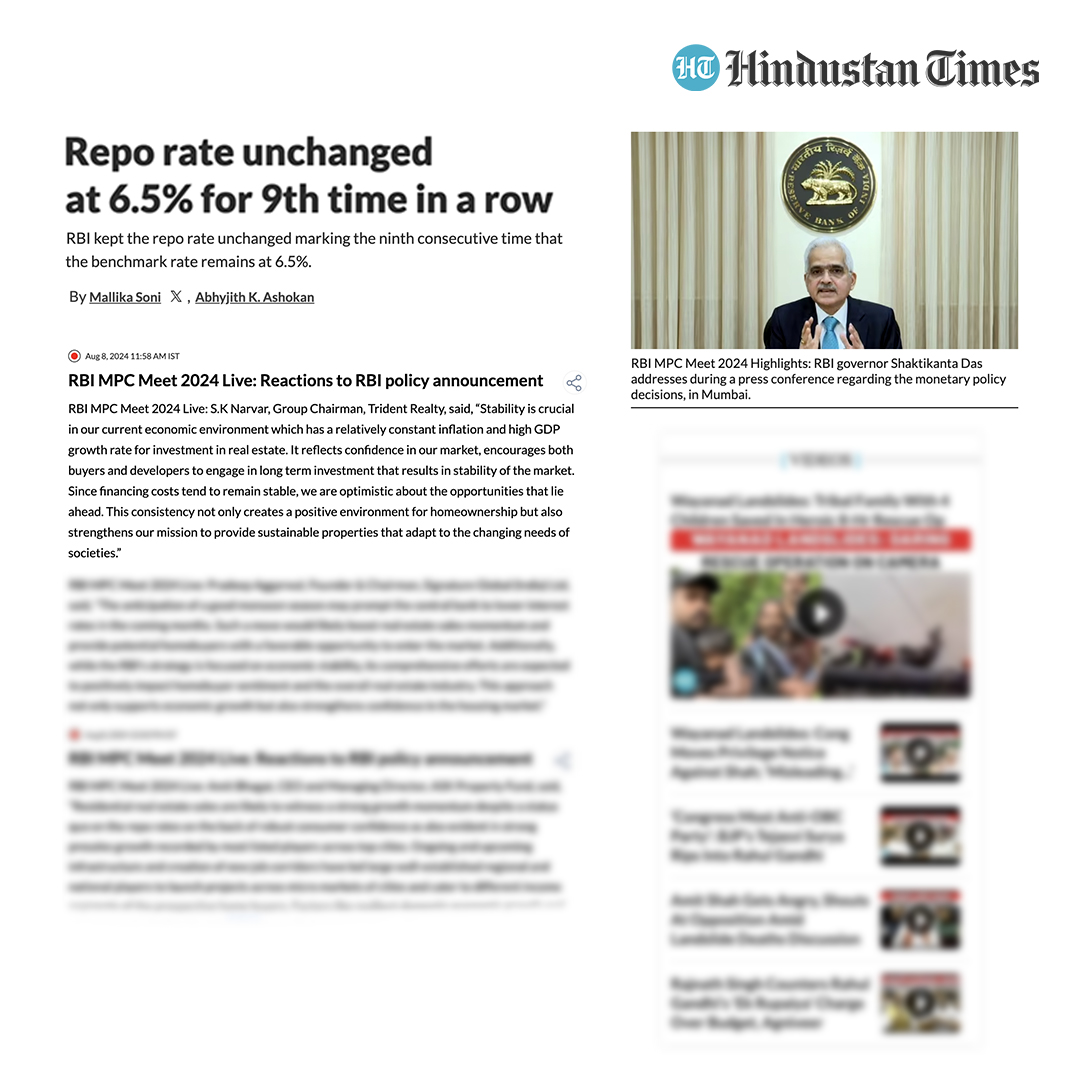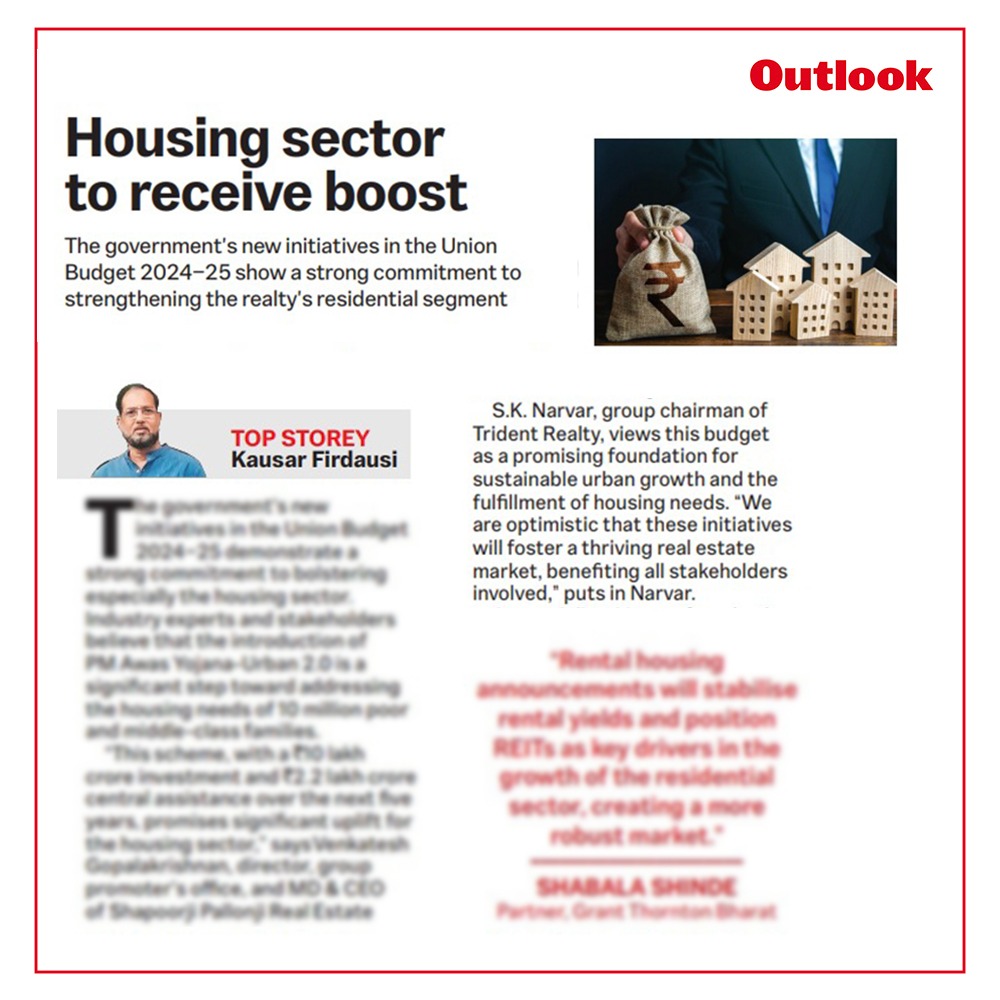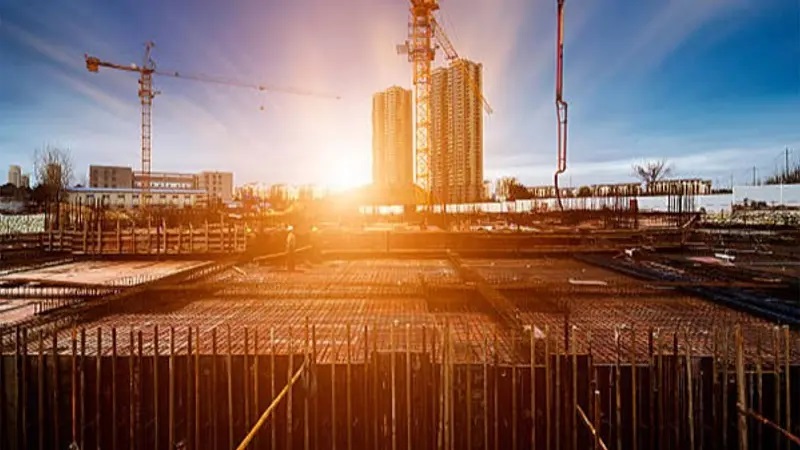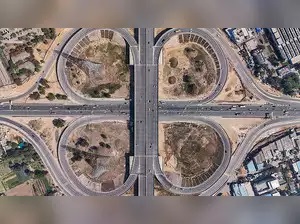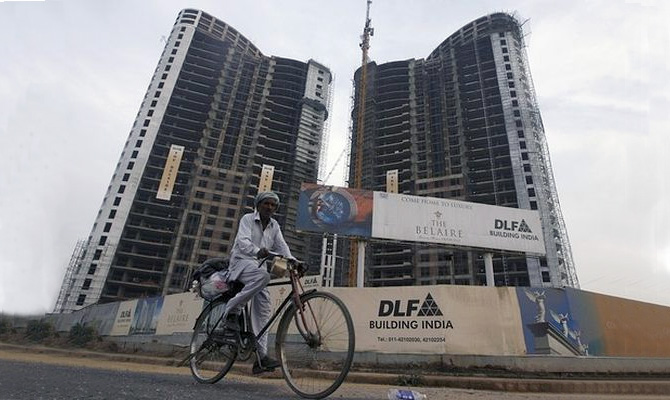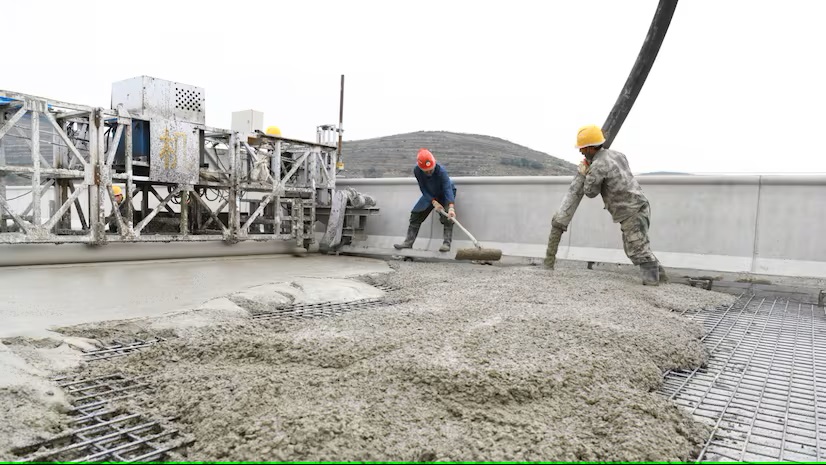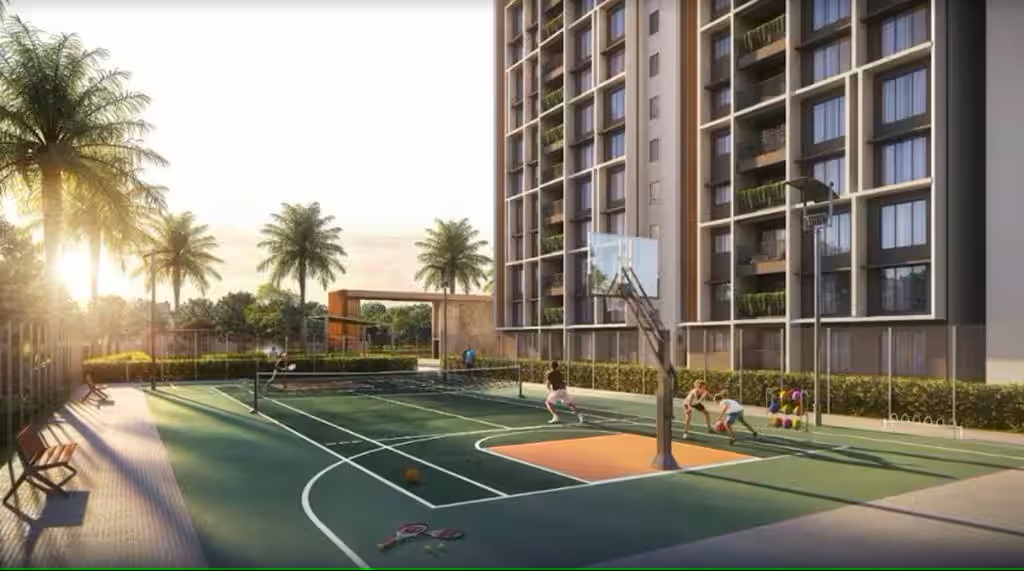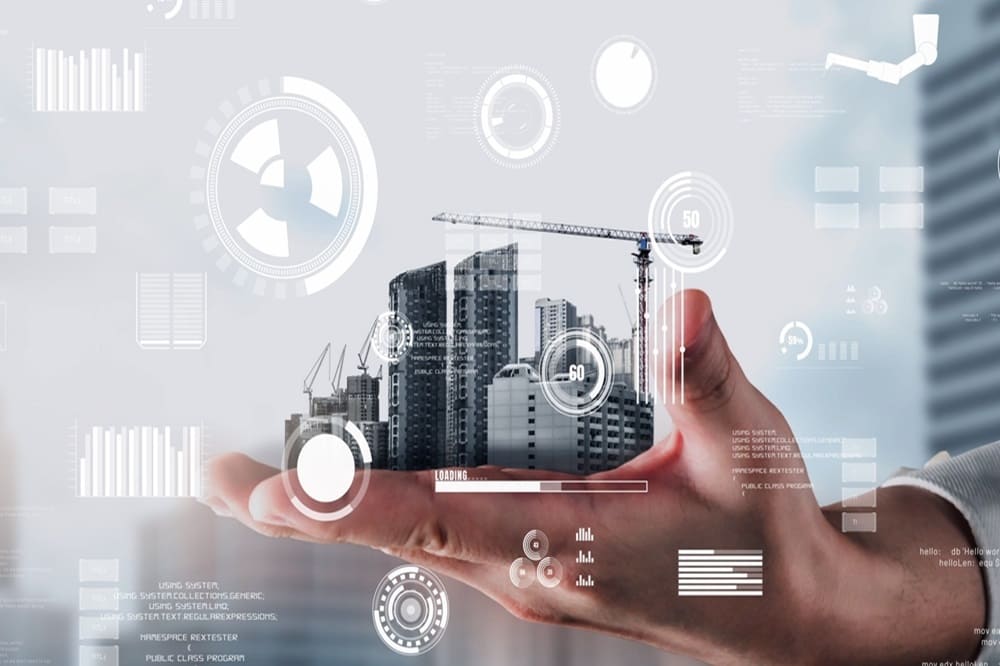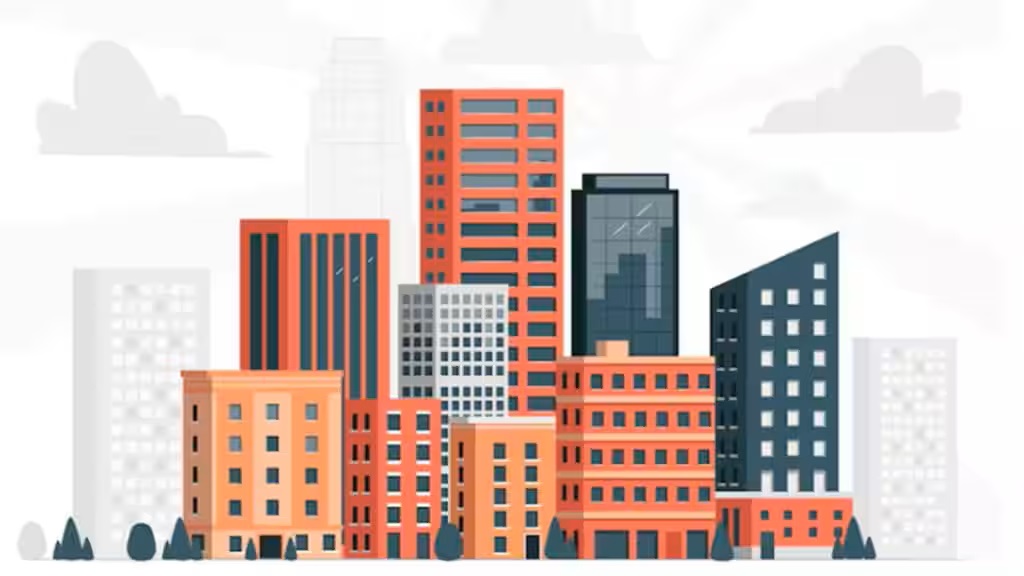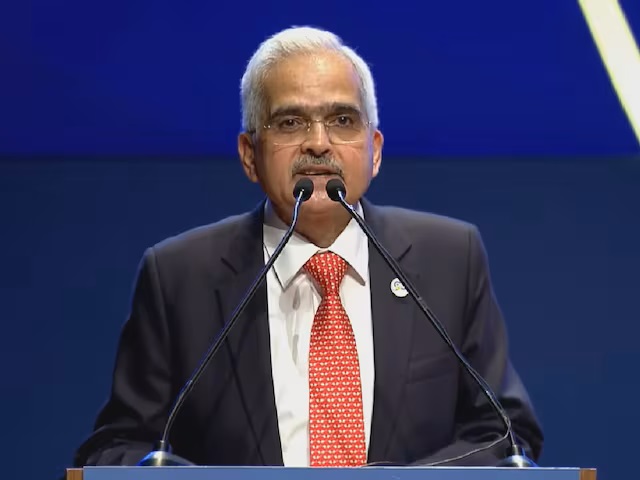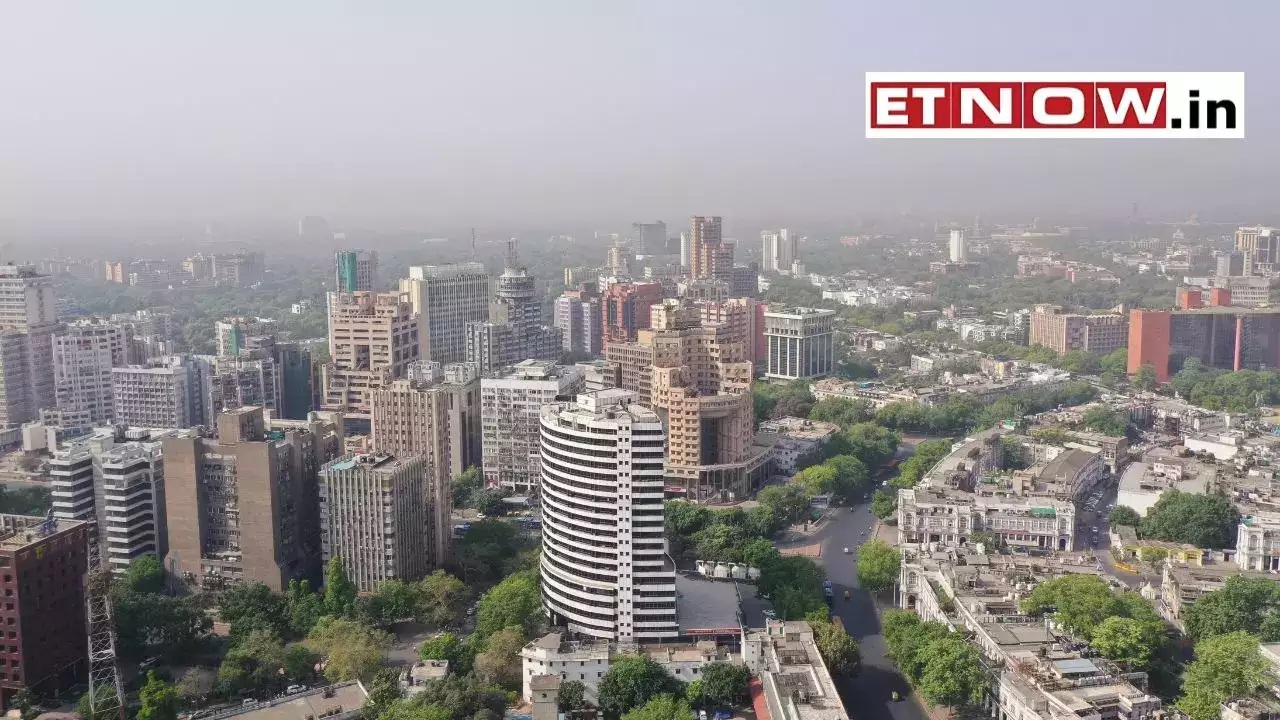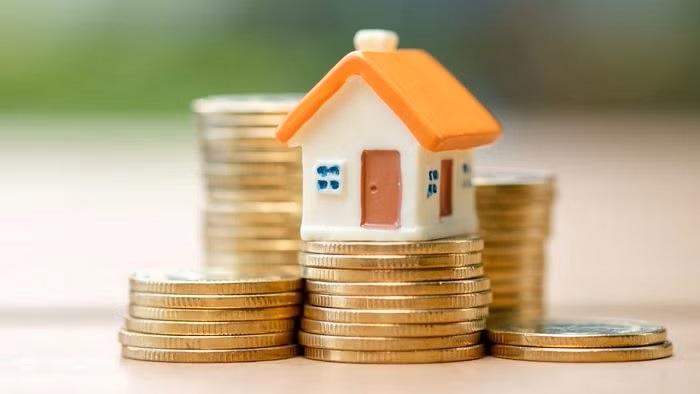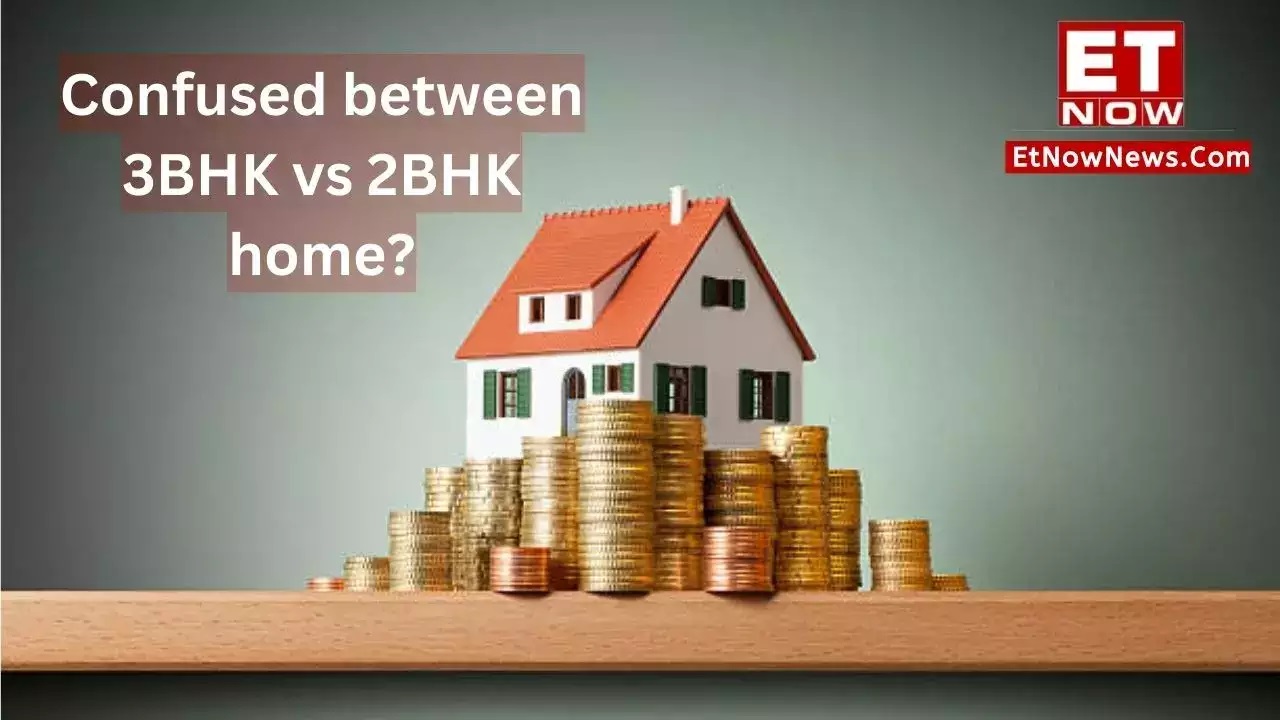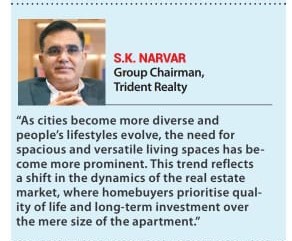S K Narvar, Chairman of Capital India Corp, speaks of the modern rail, road, air and water infrastructure upgrade that India is witnessing and its spiral effect on the growing demand for housing and real estate in Tier 2 & Tier 3 cities.
How do you relate India’s infrastructure growth with the development of non-metro cities?
Till the last few decades, infrastructure development projects, like roads, railways, airports, etc., were primarily concentrated in metro or capital cities. However, under the current government, connectivity across the innermost parts of India is a key priority. Over 50,000kms of national highways were added in the past 9 years to the launching of 160 kmp/hr Vande Bharat Express trains to the UDAAN air scheme to connect over 425 small cities, infrastructure growth in the country has witnessed a secular and democratic growth curve.
How do Tier 2 & Tier 3 cities benefit from infrastructure development?
A key socio-economic challenge India faces is the migration of people, especially for employment, studies, or a better quality of life, to cities, especially the metros. It has resulted in pressure on these cities with a housing shortage and other civic amenities. However, with local infrastructure development, industries and other commercial activities have started in Tier 2 & 3 cities, allowing the regional populace to earn and better their standard of living without having to migrate. Thus, the government’s infrastructure efforts correlate with local economies re-energizing and often becoming self-supporting.

Will Tier 2 & 3 cities start competing with metros for business and development?
The growth of Tier 2 & 3 cities will complement uncluttered urban developments in India. With Tier 2 & 3 towns being more easily accessible due to national highways or fast train and air connectivity, local businesses can grow, and national and MNC companies can set up offices and factories here. With commercial activities and employment, the local purchasing power will increase, increasing demand for residential housing and entertainment activities like malls, multiplexes, etc. It is an overall development program for India.
How will it affect people living in the metros? Will it make any difference to the economy?
It is an interesting question. People in metros want to get out and have more open living spaces. It has given rise to the concept of second homes in nearby smaller cities and towns. With connectivity time getting reduced to a few hours and all facilities being available, many city folks are investing in residential real estate for a weekend or short stays. The concept of satellite cities adjacent to the metro is also gaining popularity. According to IBEF (India Brand Equity Foundation), in 2021, the industry size was UD$ 200 billion. By 2030, the Indian real estate sector is expected to cross US$1 trillion, contributing 13% to the country’s GDP by 2025.


